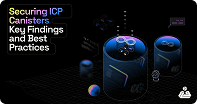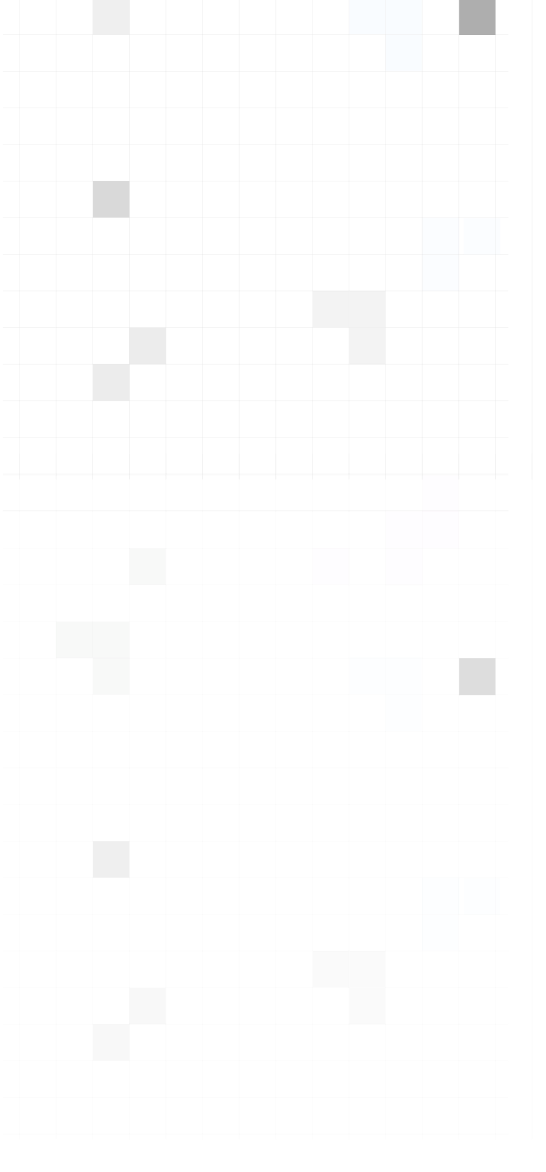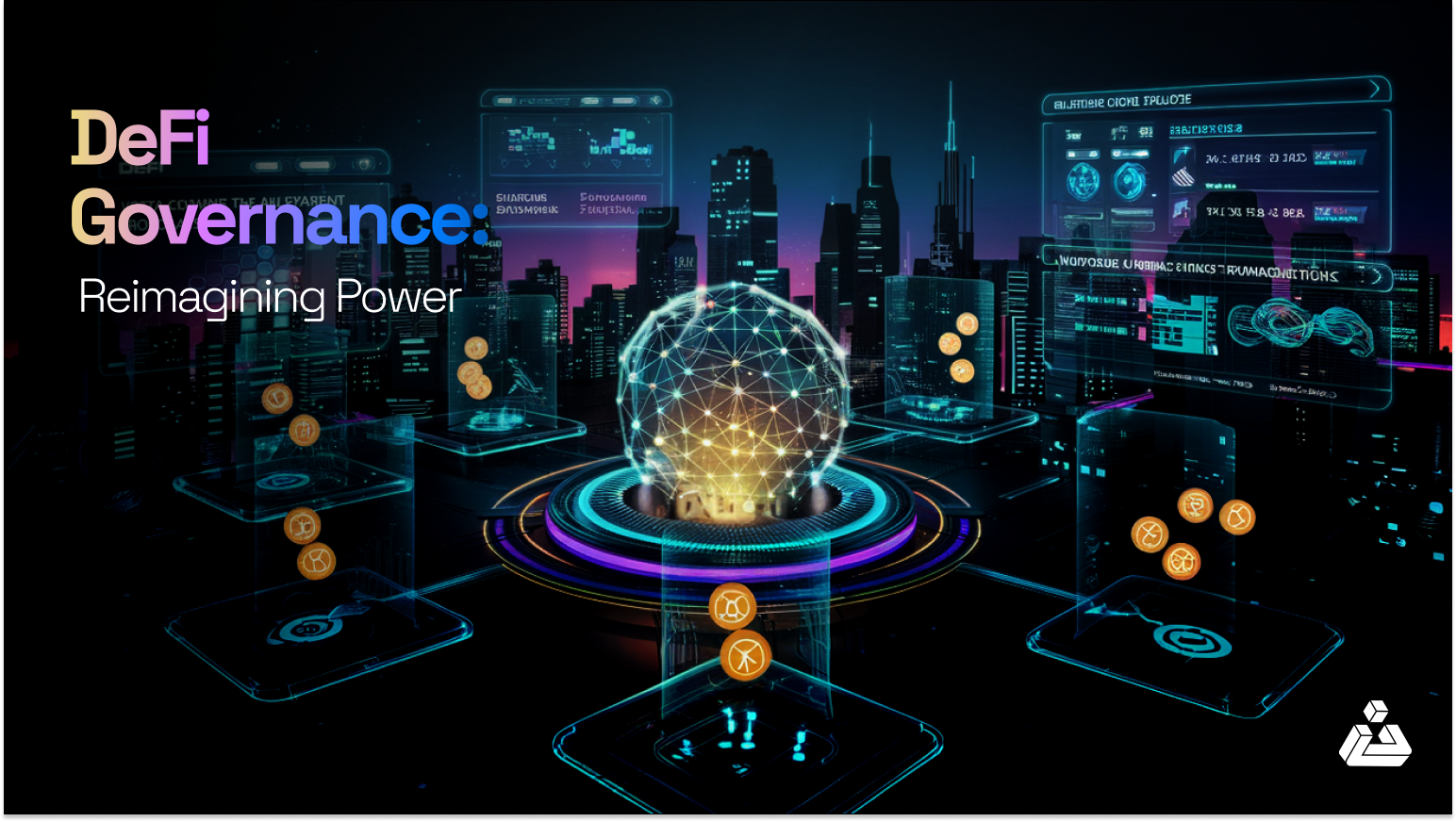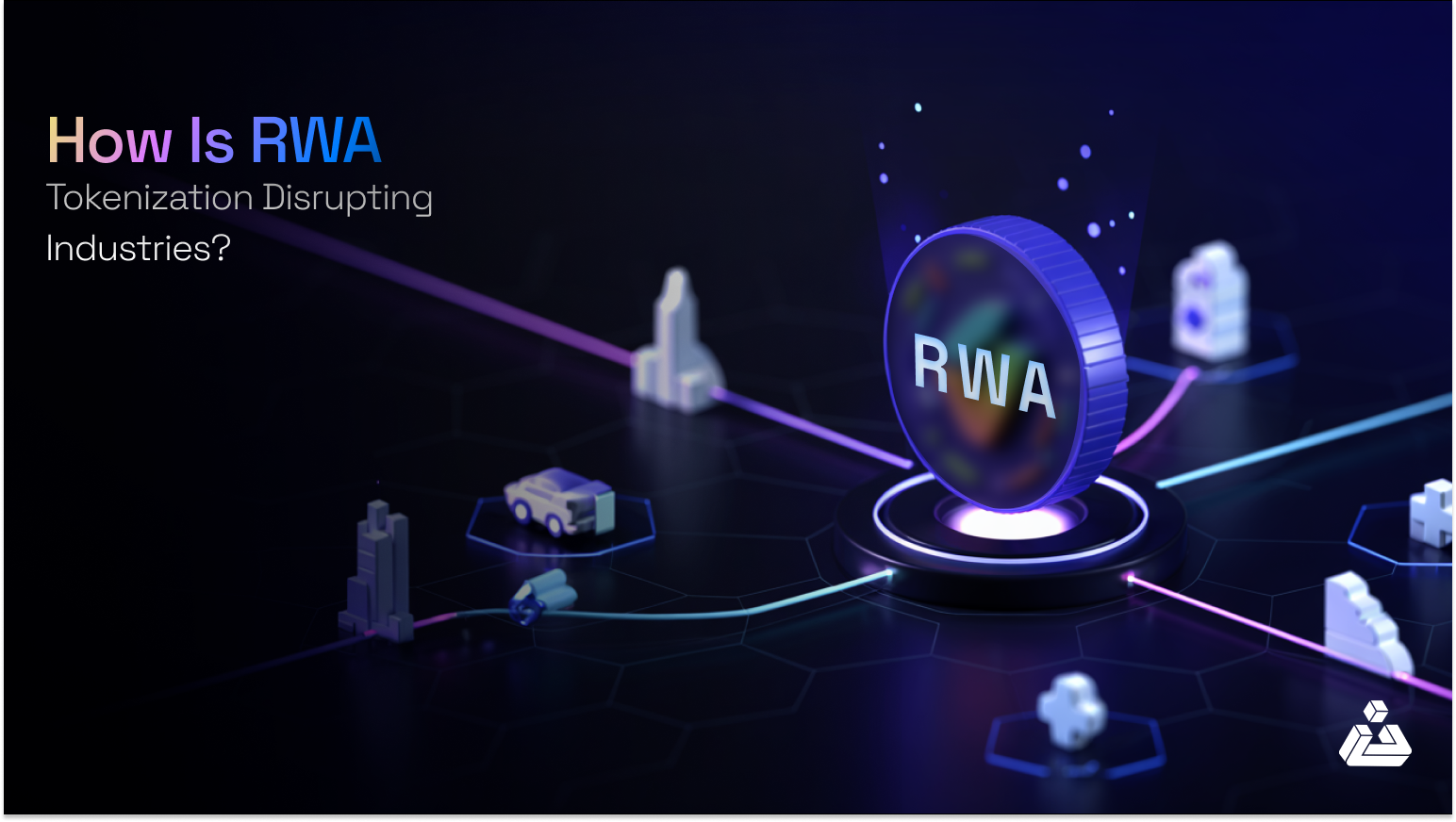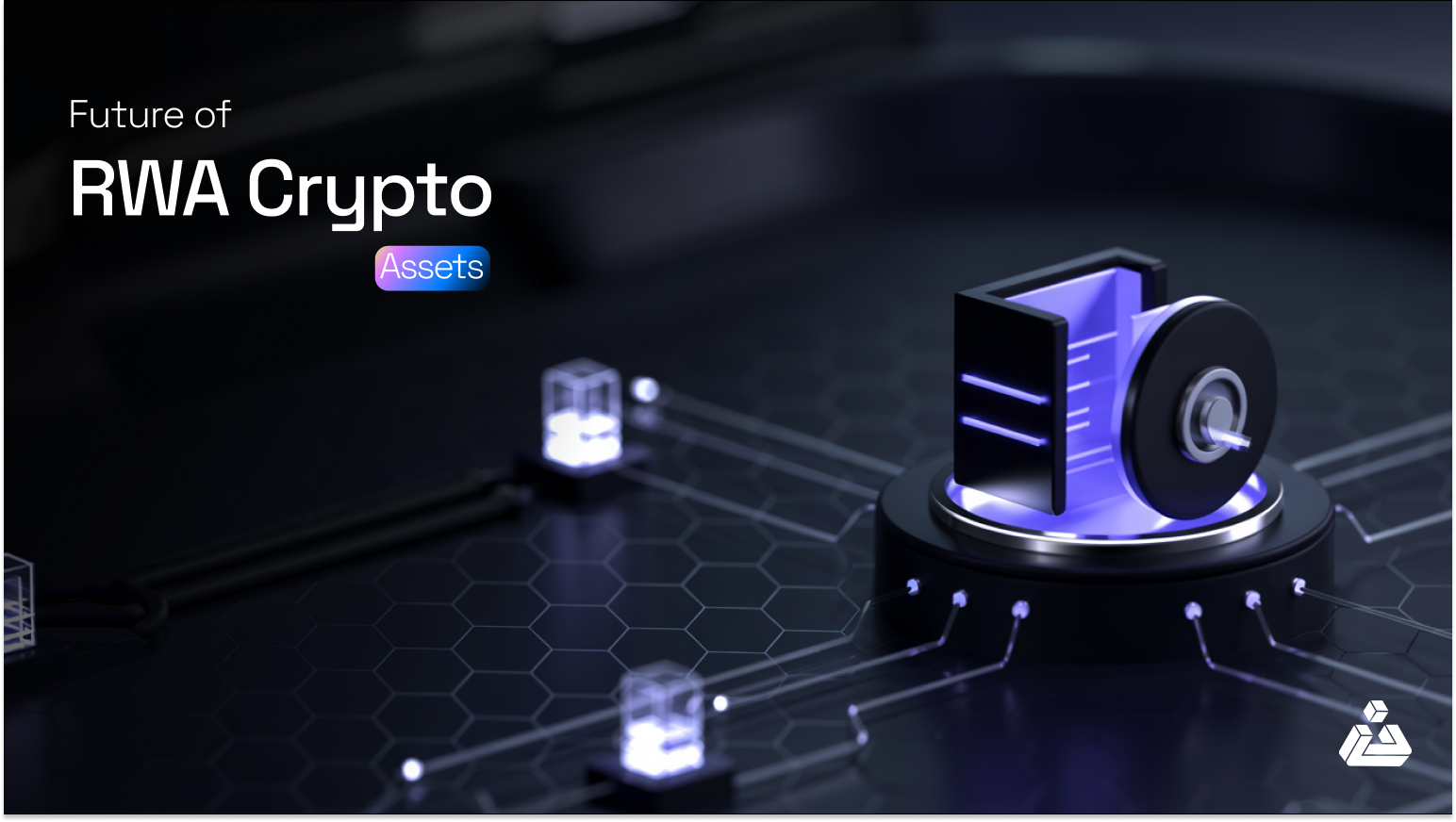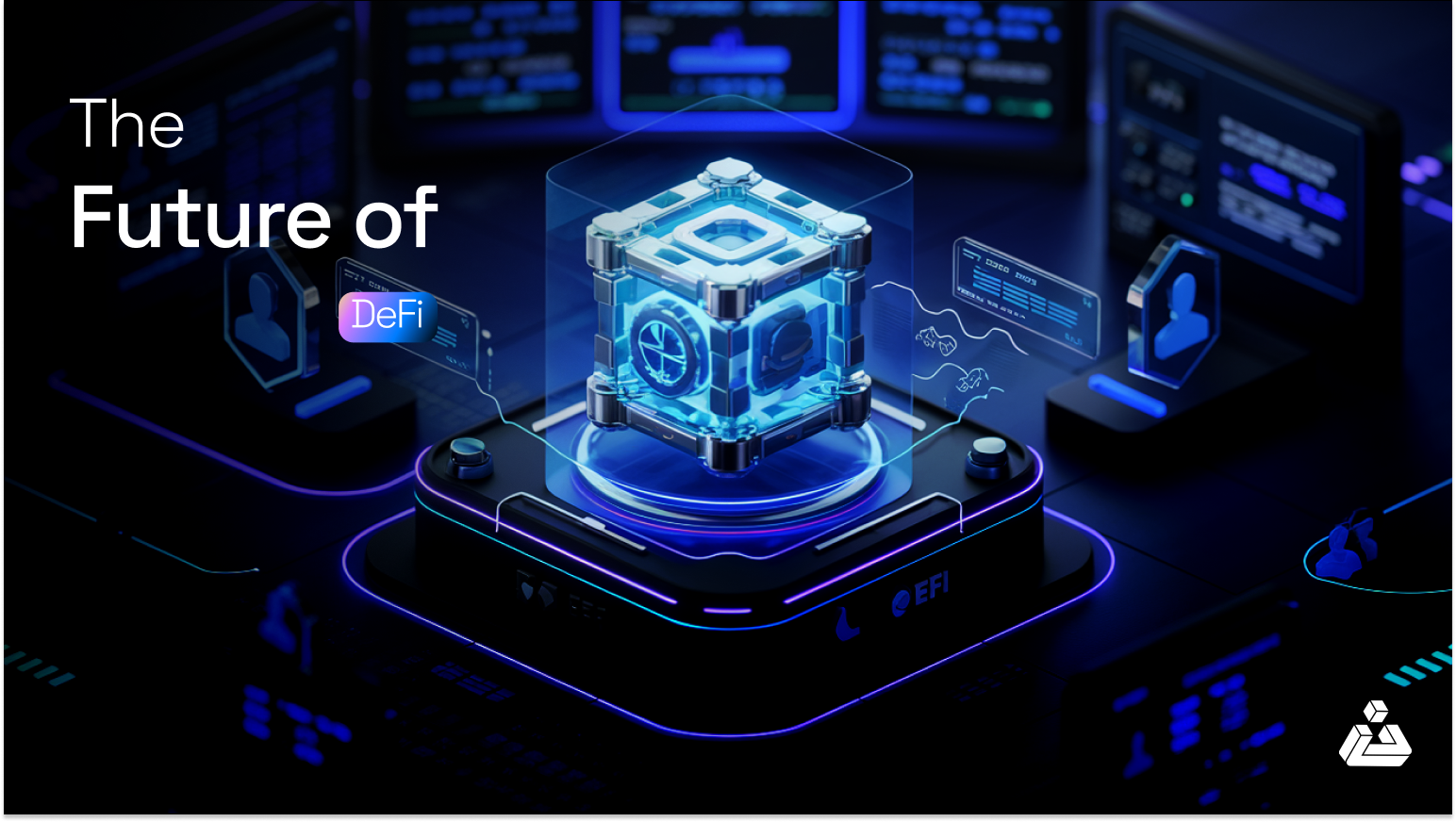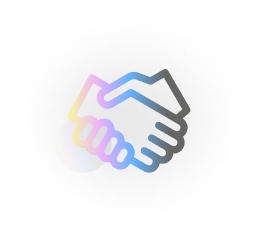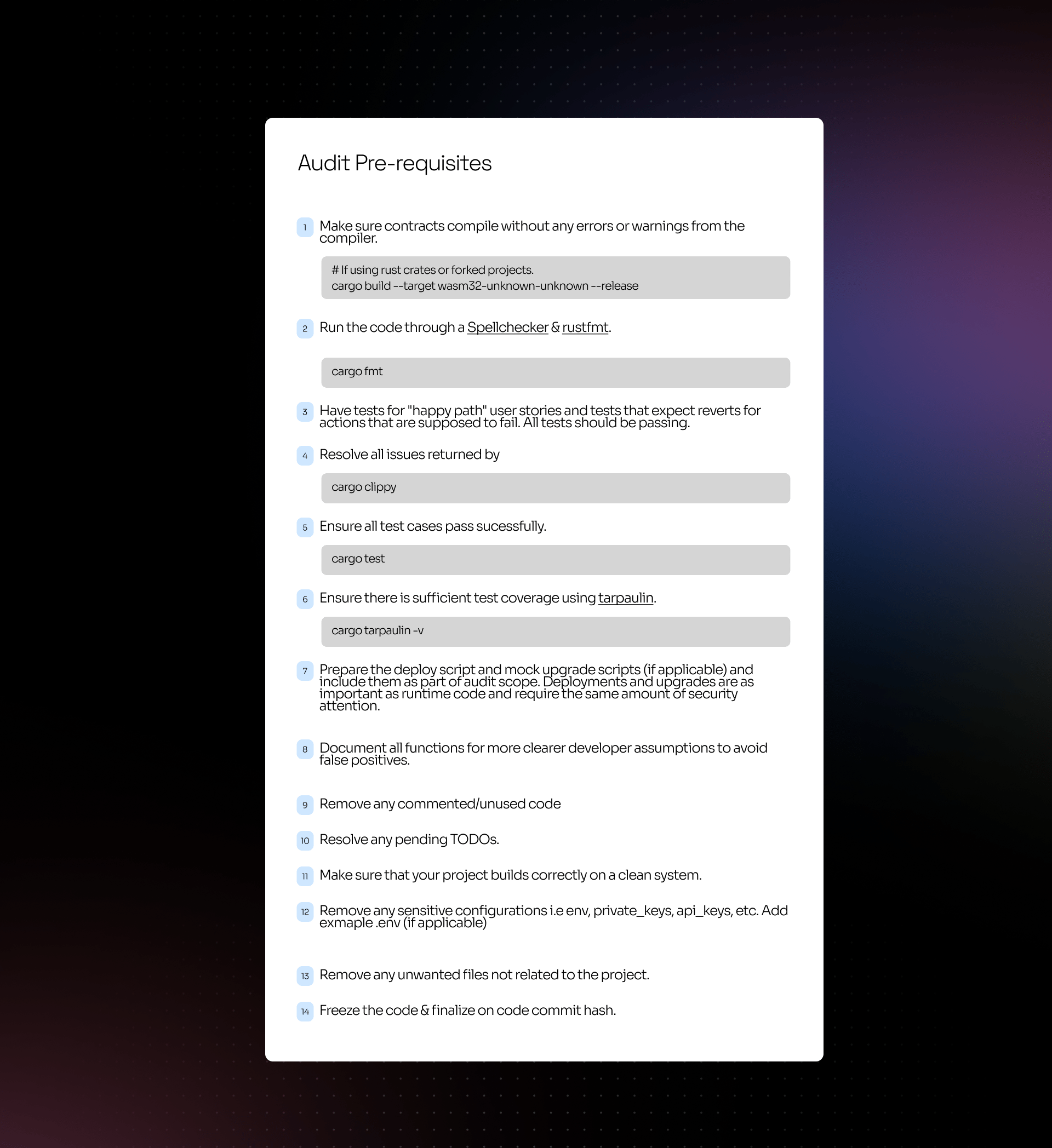Introduction
When the internet was first created several decades ago, the expectation was that it would serve as nothing more than a hub of information. People would visit static web pages, consume the knowledge written there, and that was it. It wasn’t until the early 2000s with the advent of social media and advertisements that people began to realize the impact of a publicly accessible network of networks, leading to our current landscape. Now, the concept of a new phase of the internet, termed as Web3, has started to gain traction- expected to be more immersive and innovative than ever before.
The hype surrounding this can be attributed to the increasingly desirable concept of decentralization and transparency that Web3 is expected to be based on. Many areas within the public and private sectors like the government, institutions of trade, and health systems have been implementing notions of decentralization for centuries, with the practice being regarded as highly beneficial. Furthermore, recent advancements in technology like blockchain and its products (including cryptocurrency and smart contracts) have also implemented decentralization as a critical pillar dictating how they function.
By introducing the same idea of decentralization to the online world by the name of Web3, many hope to achieve an eventual elimination of intermediaries from the web entirely. However, creating an internet owned by no one yet contributed to by everyone is bound to have problems related to security- something many believe that the builders of Web3 may not be equipped with.
Before we attempt to shed light on the challenges and benefits associated with Web3, let us first discuss the history behind Web3 and where the concept originated from.
Web1, Web2, Web3…
Beginning as an academic research project in 1969 to be used only by scientists and high-level officials, the internet we have grown accustomed to today has undoubtedly come a long way. This journey can be divided into three iterative phases. Each phase adds more accessibility, freedom of use, and innovation to its predecessor.
Web1 (Static Web, 1991-2004)
In 1991, the web became open to the public. However, it was very limited in what it could offer, essentially functioning as a digital encyclopedia or newspaper that users visited only to consume information. There was practically no concept of user contribution to the web at all. Static webpages by a select few content creators made up the bulk of Web1- resulting in it being termed as the static web or read-only web. Advertisements on Web1 were also banned, so the internet was not really seen as a place to make a profit.
Web2 (Social Web, 2004-2021)
In stark contrast to Web1, Web2 was all about advertisements and user participation. This was the beginning of the social media era, with sites like Myspace, Facebook, and Twitter gaining popularity. The web became a place for people to create, share, contribute, and even earn a living, all without possessing any technical skills whatsoever.
The impact of social media on the internet is not to be taken lightly, as it completely revolutionized the way it was treated. Suddenly, the online world was profitable- that too for both individuals and corporations. This led to Web2 to be referred to as the social web, or read-write web.
Web3 (Decentralized Web, 2021-?)
Referred to as “the internet owned by the builders and users, orchestrated with tokens”, Web3 is the most recent evolution of the internet.
The social media era brought about in Web2 transformed the internet into a place where every person’s opinion mattered- creating a space where users could easily share their thoughts and opinions with others all around the globe. However, these interactions are almost entirely facilitated by a select few corporations. This means that at any given time, a handful of companies have access to the data of millions of users, which they then sell off as a product to other businesses in exchange for targeted advertising.
Web3 is expected to flip the switch on this, transferring the power and control on users’ data to the users themselves. This would be achieved through decentralization, facilitated by the mass adoption of blockchain technology. Related products and concepts like DAOs, NFTs, and cryptocurrency which have gained traction in recent years are expected to be the driving forces of this new era of the internet.
As a result of the expected mass implementation of tokens in Web3, experts claim that this could lead to the global adoption of a token economy. A publication written by Shermin Voshmger explains the history, properties, and potential benefits of a token economy on Web3 in detail, claiming that the access rights that the ownership of a token creates may be revolutionary.
Previously, fractional ownership tokens of real-life assets like real estate and art were unheard of. Now, with the advent of NFTs, this has become economically feasible, possibly improving the transparency and liquidity of existing asset markets that traditionally suffer from low liquidity. The result is users being able to essentially own a piece of the internet- which in turn may contribute to economics in the real world.
Open To All, Open To Abuse?
The Positive
An online world owned by no one yet contributed to by everyone is miles away from our current scenario, in which the personal data of individuals has become nothing more than a commodity. By combining the best parts of Web1 and Web2, the internet can become a place consisting only of decentralized apps running on the blockchain- allowing universal participation without the monetization of personal information.
Web3 is expected to bring about a slew of advantages related to accessibility for developers as well, as laid out in an article on ethereum.org. The piece claims that many developers will prefer to build dApps using Ethereum instead of the conventions used in Web2 due to many reasons. One of these is the absence of a permission requirement for anyone on the network, allowing access to any service. Similarly, blocking or denial to access a service is also not allowed. Other advantages included the ease of making payments as they are in the form of the native currency ETH and the ability to program anything since Ethereum is Turing-complete.
The Negative
However, not everyone is as optimistic about Web3 being a decentralized and fair space. Jack Dorsey, Founder of Twitter, expressed doubt in a tweet made from his account. He claimed that VCs and LPs were the owners of Web3, stating that “It will never escape their incentives. It’s ultimately a centralized entity with a different label”. Later on, he shared a screenshot of him being blocked by venture capitalist Marc Andreesen. Andreesen has made several contributions towards building Web3, including publishing a Web3 Policy Hub, which aims to define the vision to “build a better internet”. CEO of SpaceX Elon Musk has also weighed in on this debate, stating it to be “more [of a] marketing buzzword than reality.”
A research paper titled “What’s in Your Wallet? Privacy and Security Issues in Web3” also addressed concerns related to security in Web3. Researchers compiled a list of 78 DeFi sites and then built a crawler to analyze those sites for problems related to privacy and security. They found that many DeFi applications suffer from the same kinds of risks found in Web2. This includes leakage of Ethereum addresses to third parties like APIs and analytics providers. They also found that many Defi sites embed third-party scripts, which could, in turn, phish users.
What To Expect with Web4?
Though the success of Web3 is still up in arms, the blocks required to build its foundation have already started forming. Despite the criticism, many people have been seen openly pledging their allegiance to contribute towards Web3.
Amidst the hype, talks about what to expect even after Web3 becomes commonplace have also begun- titled appropriately as Web4. Though some of these ideas can be described as abstract at best, others have gone on to lay out practical expectations of Web4- claiming it to be an embodied version of the internet where the lines between human and machine are blurred beyond reasoning.
Though that kind of reality seems to be light-years away, it does point towards a new wave of thinking being generated among internet users. Even if we take a step back and forget the talk about serial numbers, one thing is for certain: the web will continue to evolve in ways we did not expect or imagine. Amidst this constant evolution, however, what cannot be ignored is the fundamental responsibility to provide safety and security for all its contributors.
References
Crypto theses for 2022 – messari.io. (n.d.). Retrieved January 31, 2022, from https://messari.io/pdf/messari-report-crypto-theses-for-2022.pdf


